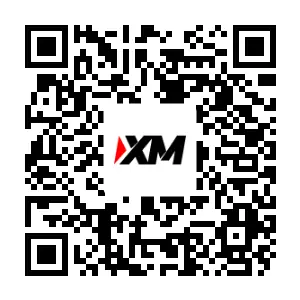Leading Stock Indicators
MA Leading Indicators
Pick a moving average that fits your chart timeframe. Online traders apply it to minute, hourly, daily, or weekly charts.
The trader has the option to average the closing price, opening price, or median price.
Moving average indicator is a commonly used technical tool to see how strong trends are. The information is correct & its outcome which is a moving line can be changed to suit a stock index trader's wants.
Employing moving averages (MA) is a prevalent approach for generating buy and sell signals that align with the current trend. As a lagging indicator and trend-following tool, moving averages often deliver entry signals later than leading indicators. Nonetheless, this lag results in more accurate signals that are less susceptible to false breakouts when compared to leading indicators.
Traders select the moving average MA period to use depending on the type of trading they do: short-term trading, medium-term trading and long term trading.
- Short-term trading: 10 - 50 Moving Average Period
- Medium-term trading: 50 - 100 Moving Average Period
- Long-term trading: 100 - 200 MA Period
The time period in this situation can be seen in charts that track minutes, hours, days, or even weeks. For this example, we will use charts that show one-hour time periods.
Shortterm trading moving averages are sensitive to price action and can spot trends signals faster than the longterm MAs. Shorter term moving averages are also more prone to whipsaws compared and analyzed to long-term moving averages and a stock index trader should choose a price period that will generate a signal early but not give too many trading whipsaws.
Long-term averages cut indices false moves. They lag on new trends or shifts.
Because longterm MAs calculate the market price average using more price info, it doesn't reverse as fast as a short term trading moving average & it's slow to catch changes in the market trend. However, the longer term moving average is better when the trend stays in force for a longer time but may also give late signals.
The trader's task is to identify a moving average period that will detect trends as early as possible, while simultaneously avoiding false signals (indices whipsaws).
Examine More Explanations & Subjects:

